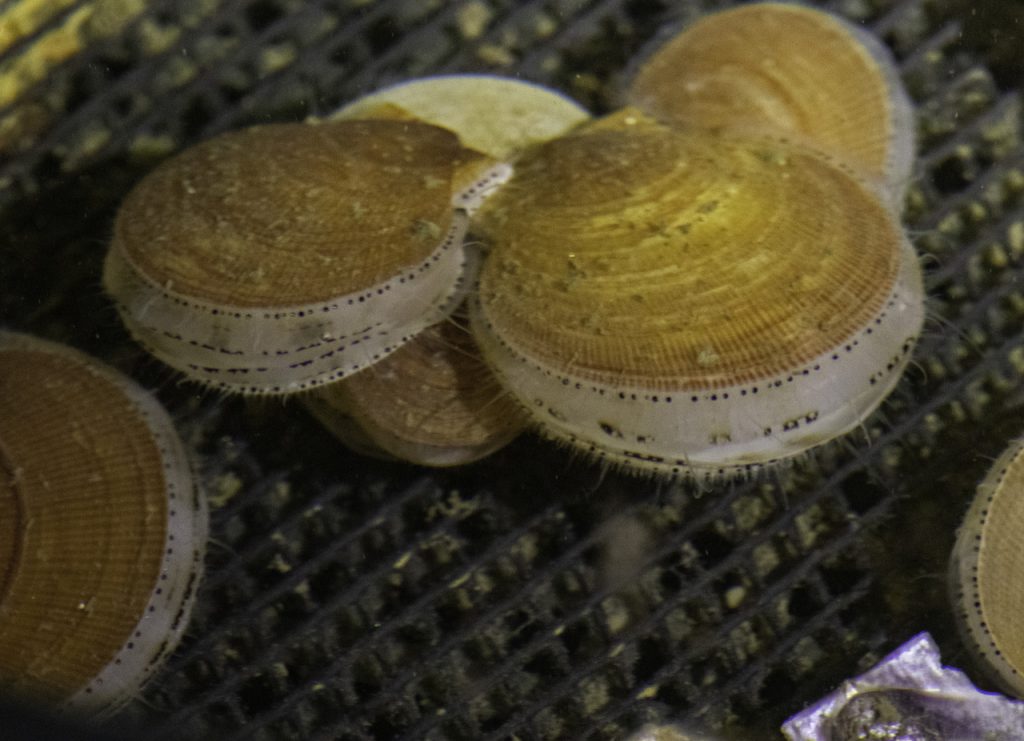Assessing vulnerability of the Atlantic Sea Scallop social-ecological system in the northeast waters of the US
Of the fisheries made up of calcifiers in the Northeast United States, the Atlantic sea scallop fishery is worth more than $500 million per year, is the second highest fisheries revenue in the United States, and the largest wild scallop fishery in the world. The vulnerability and resilience of fishing communities to the effects of warming and Ocean Acidification (OA) on Northeast species is dependent on their adaptive capacity in relation to both social and environmental exposure and sensitivity factors. Communities that harvest a diversity of species may adapt more easily than communities that specialize in one or a few species. The regional contribution of sea scallop to total regional landed value has steadily increased over recent decades as has fishing community dependence on it as a source of revenue. Prior work projecting impacts to scallops in the region found that sea scallop biomass may decline by more than 50% by the end of the century with a large impact on the fishery (Cooley et al. 2015; Rheuban et al. 2018), but new tools and lab results are available for this proposed work that may alter this assessment. The team is working the hypothesis that a spatially- explicit regional projection of changes relative to sea scallop fishing zones can inform fishery management and allow communities that rely on Atlantic sea scallops to plan and become more resilient to future change. This work will develop a recommendation to management to assist scallop industry stakeholders and managers with changes in the fishery that result from projected OA and temperature changes.



